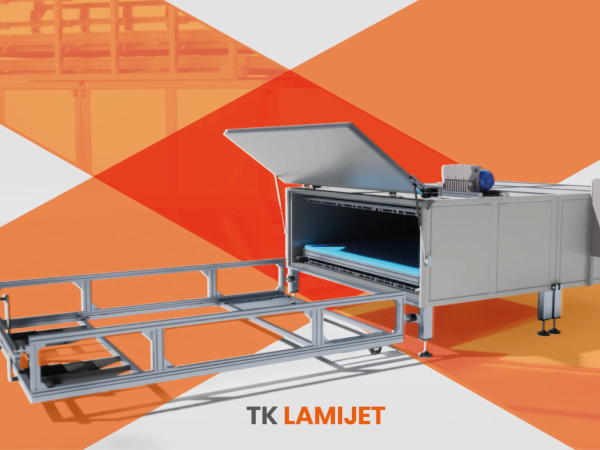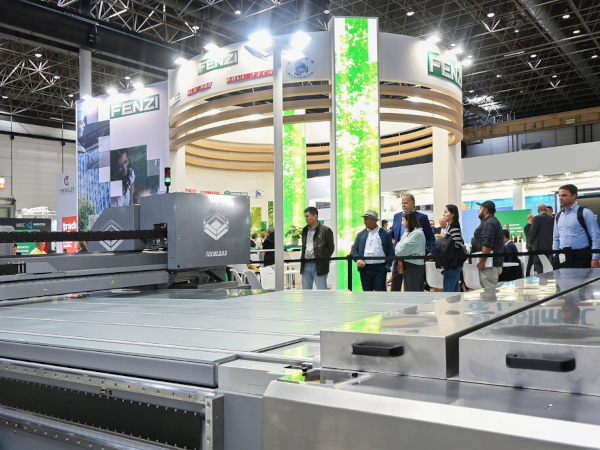Date: 19 November 2015
And it’s made of glass.
Flexible and thin are not words we typically associate with glass. Those characteristics, when seen in glass that’s still incredibly strong, unlock applications and design possibilities that even traditional glass envies.
.jpg)
Most experts consider ultra-thin glass to measure about 100 microns thick — much thinner than a credit card (about 700 microns). In fact, ultra-thin glass can be made just 50 microns thick, which is on the short side of human hair or a piece of copy paper (both roughly 70 microns). Chemically toughened, ultra-thin glass has four times higher strength than unhardened glass and is also scratch-resistant.
So you might be wondering, what can do you with glass that thin?
Micro-semiconductors? No problem.
No need to consult Moore’s Law; it’s still the era of the incredible shrinking chip. Engineers in the semiconductor and electronics industries are measuring feature sizes even in chip packaging on the micron level and aiming for ever-faster processing speeds.
Engineers responsible for the hardware in smartphones are increasingly using ultra-thin glass for substrates for chip packaging. They’re close to ditching organic materials as packaging substrates because heat generated by the core elements of the chips can cause deflection and reliability problems when a polymer is used. The physical characteristics of ultra-thin glass – high dimensional stability, a similar thermal expansion coefficient as silicon, and an extremely flat surface – permit these tiny (approaching 100 microns thin) chips to perform perfectly in smartphones and tablets.
Beating the recharge cycle
But these processors are useless when the power is shut off. Big, bulky batteries were the norm in flip phones and heavy laptop computers, but now engineers are developing the next generation of thin-film and solid-state batteries. Ultra-thin glass is being employed as a substrate in these micro batteries, as it can withstand the high temperatures generated during production, and still maintain its strength and shape.
These micro batteries are powering Internet of Things devices, sensor readers, or wearables. In the future, miniaturized electronic sensors that are energy autonomous – they don’t need to be constantly recharged – will be produced on glass substrates.
The OLEDs, screens, and sensors of the future
Flat is out: phones with curved screens, TVs that can roll up and be moved from wall to wall, and wearables with bendable screens are emerging from the prototype stage and onto the sales floor. It’s all possible thanks to ultra-thin glass that is flexible, but not fragile. When chemically hardened, ultra-thin glass can be made at least four times stronger than non-treated thin glass.
These devices and many others use touch sensors instead of buttons or knobs, so changing the channel or launching an app is possible with a slight touch. Ultra-thin glass can front not only these buttons, but also fingerprint sensors where it directly influences the sensor’s performance, such as its sensitivity. As transactions through mobile banking apps and peer-to-peer lending gains steam, the detection systems for fingerprint scanners will grow into a more important role, and ultra-thin glass will assist in making these systems more secure and reliable.
When used in OLED applications, an ultra-thin glass cover prevents moisture, air, and other foreign agents from coming in contact with the main organic compound, and hereby degrading the display. That’s a common problem for OLEDs topped with plastic substrates, as the material is porous; however, the chemistry of glass makes it impermeable to water molecules, for example.
A future just 10 microns thick
For decades, microchip producers have responded to the same call: smaller, thinner, and faster. With ultra-thin glass, products can become ever thinner and ever stronger. One hundred microns is now the baseline, and SCHOTT is manufacturing ultra-thin glass that’s as thin as 50 microns.
Engineers in the semiconductor and glass industries have their eyes on the magic number of 10 microns, where a chip’s thickness is a small fraction of the thickness of a human hair. And SCHOTT is optimistic that this will become reality in the near future. What will engineers be able to achieve then?









Add new comment